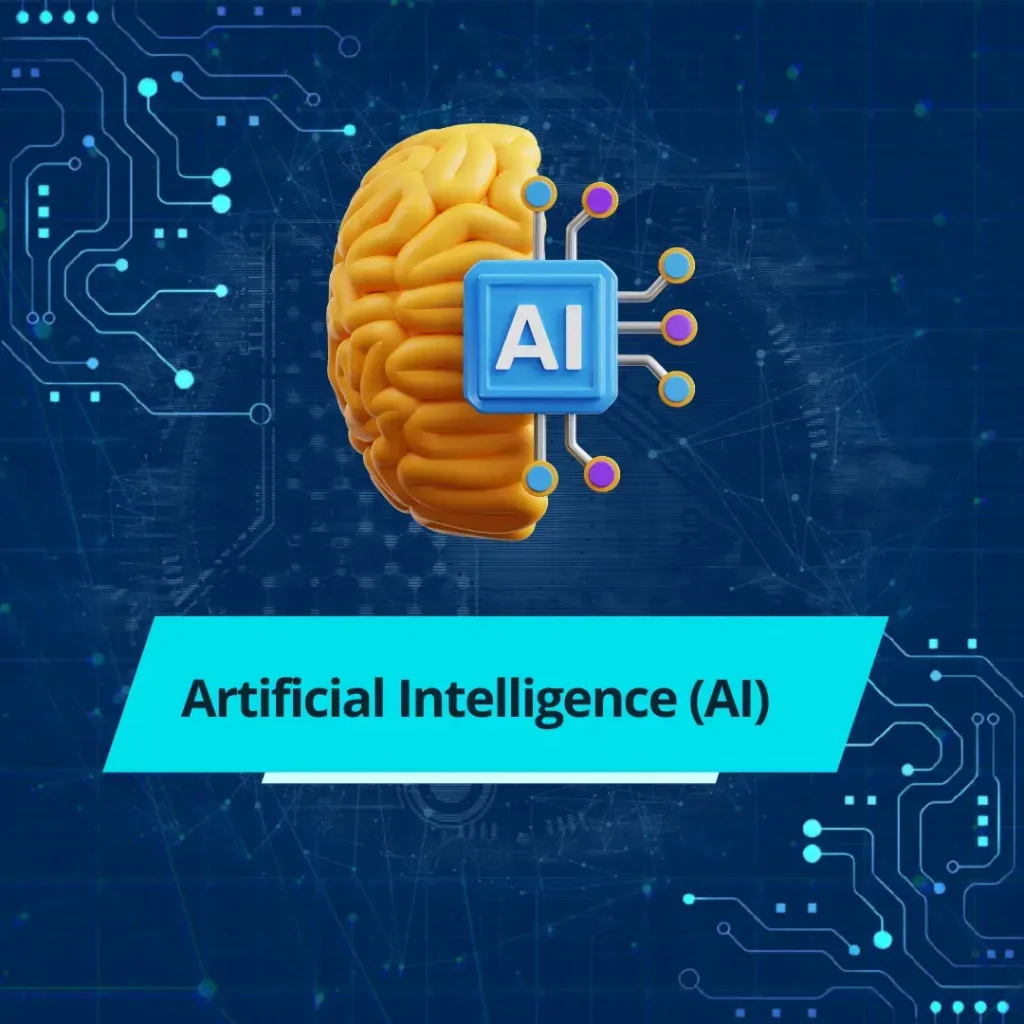Artificial Intelligence (AI)
- Home
- Courses
- Artificial Intelligence (AI)
Introduction to Artificial Intelligence (AI)
Artificial Intelligence (AI) is revolutionizing various industries by introducing innovative solutions and automating complex tasks. This course module aims to provide a comprehensive introduction to AI, its applications, and its impact on different sectors. Whether you are a beginner or have some understanding of AI, this module will lay a solid foundation for your AI journey.
Duration - 6 Months

- Definition and history of AI
- Types of AI (Narrow AI, General AI, Superintelligent AI)
- Applications and impact of AI in various industries
- Key concepts and terminology
- Relationship between AI and ML
- Types of machine learning (supervised, unsupervised, reinforcement learning)
- Vectors and matrices
- Matrix operations
- Eigenvalues and eigenvectors
- Derivatives and gradients
- Partial derivatives and chain rule
- Optimization techniques (gradient descent)
- Basic probability concepts
- Probability distributions
- Statistical measures (mean, median, variance)
- Introduction to Python
- Libraries for AI (NumPy, pandas, Matplotlib)
- Writing and debugging Python code
- Data cleaning and transformation
- Handling missing values
- Feature scaling and normalization
- Regression algorithms (Linear Regression, Logistic Regression)
- Classification algorithms (K-Nearest Neighbors, Decision Trees, SVM)
- Model evaluation (accuracy, precision, recall, F1 score)
- Clustering algorithms (K-Means, Hierarchical Clustering)
- Dimensionality reduction (PCA, t-SNE)
- Association rules (Apriori algorithm)
- Introduction to reinforcement learning
- Key concepts (agent, environment, reward, policy)
- Q-Learning and Deep Q-Networks (DQN)
- Introduction to neural networks
- Architecture of a neural network (layers, neurons, activation functions)
- Forward and backward propagation
- TensorFlow
- Keras
- PyTorch
- Architecture and operation of CNNs
- Convolution and pooling layers
- Applications in image recognition
- Architecture and operation of RNNs
- LSTM and GRU networks
- Applications in sequence prediction and natural language processing (NLP)
- Architecture and operation of GANs
- Training GANs
- Applications in image generation and data augmentation
- Basic concepts in NLP
- Text preprocessing (tokenization, stemming, lemmatization)
- Text representation (Bag of Words, TF-IDF, Word Embeddings)
- Sentiment analysis
- Named Entity Recognition (NER)
- Machine Translation
- Chatbots and conversational agents
- Defining a real-world problem
- Collecting and preprocessing data
- Building and training an AI model
- Evaluating and fine-tuning the model
- Deploying the AI solution
